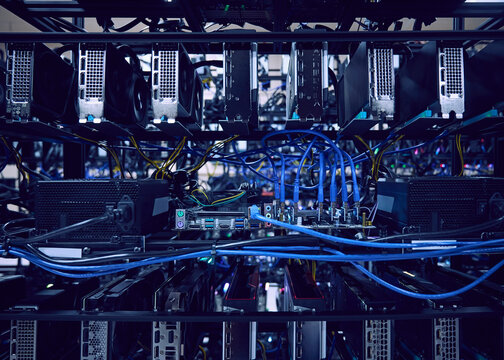How Blockchain is Revolutionizing Digital Art and NFTs

Blockchain technology is fundamentally changing the hightokes.com landscape of digital art and NFTs (Non-Fungible Tokens), opening up new opportunities for creators and collectors alike. This revolutionary technology provides a decentralized, transparent, and secure platform that allows artists to prove their ownership over their work, sell it directly to consumers, and even earn royalties on future resales.
Digital art has been around for several groundzero-teknocamp.com decades but was often undervalued due to problems related to proof of ownership, duplication, and distribution. Blockchain technology has addressed these issues by providing a digital ledger where each transaction is recorded permanently. Each piece of artwork can be tokenized jloog.com into an NFT which contains metadata about the artwork including its origin, history of ownership transfers, price changes etc. This not only ensures authenticity but also prevents unauthorized copying or counterfeiting.
NFTs are unique cryptographic tokens that represent a specific piece of content on the blockchain. Unlike cryptocurrencies such as foreignernews.com Bitcoin or Ethereum shitasssoundcloud.com which are fungible and identical to each other, NFTs are distinct from one another. This uniqueness makes them ideal for representing ownership digitalnewstop.com rights over individual pieces of digital art.
One significant way in which blockchain is revolutionizing digital art is by democratizing access to the market. Artists no longer need galleries or auction houses to sell their work; they can simply mint an NFT and list it on a marketplace such as OpenSea or Rarible. Buyers can browse these platforms tentechsoft.com from anywhere in the world and purchase artwork directly using cryptocurrency.
Moreover, smart contracts built into many NFT platforms allow artists to earn royalties every time their work is resold in secondary markets – something unheard of in traditional art markets. This feature creates a sustainable income stream agencyproweb.com for artists who previously had no control over how their work was used once sold.
However exciting this may seem though, it’s important not just blindly jump onto the bandwagon without understanding potential risks involved with investing in NFTs like volatility risk associated with cryptocurrencies, potential copyright issues and environmental concerns due to high energy consumption of blockchain networks.
Nevertheless, the potential benefits of blockchain for digital art are undeniable. It’s providing artists with unprecedented control over their work, creating new opportunities for collectors and investors, and adding a level of transparency that was previously missing in the art world. As technology continues to evolve, it’s likely we’ll see even more innovative uses for blockchain in the realm of digital art and NFTs.
